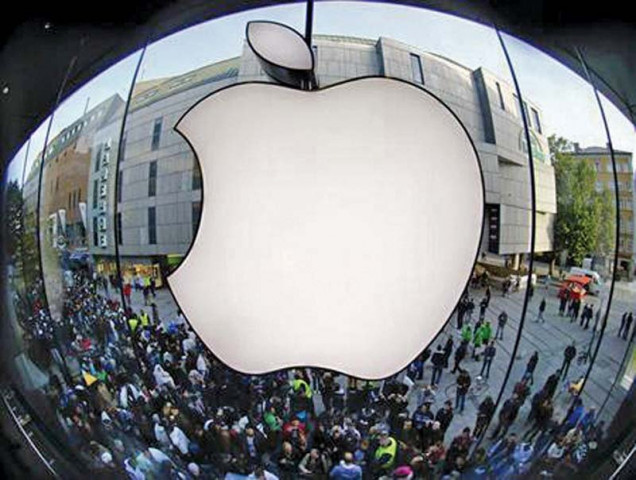Technology: Apple dumps Topsy, big data hype subsides
Historical patterns may predict short-term behaviours, but cannot identify future opportunities

Topsy appeared to have no strategic fit with Apple’s existing projects such as its failed iAd technology that tried to compete with Google’s Ad business. PHOTO: REUTERS
When Gartner dropped big data from its famous hype cycle for emerging technologies in August 2015, most technologists responded with rhetoric that big data ecosystem is still hungry for hot start-ups like Tachyon which continue to command hefty Series-A funding rounds from investors.
Apple's new iPhone accessory could solve your battery woes
Well, now it seems that the markets have spoken and the time is ripe for investors to avoid start-ups that only sell the ‘big data’ buzz word instead of serving a focused business niche.
The case of $200 million start-up
Topsy was one of the most expensive acquisitions ever made by the tech giant Apple in Dec 2013 and was shut down after just two years on Dec 16, 2015. It was like a gold mine of endless possibilities; from exploring consumer behaviour to studying region-specific market dynamics, and all one needed was to dig into it.
Topsy engineered the Political Index that measured public sentiments for US presidential candidates and it also co-designed, along with Twitter, the Oscars Index that compared public perception of various nominees for Academy awards.
Topsy’s real-time dashboards used to help brands in evaluating how consumers are reacting to their newly launched ad campaign through sentiment analysis.
So what has made Apple exit the big data business out of the blue?
Unfortunately, Topsy appeared to have no strategic fit with Apple’s existing projects such as its failed iAd technology that tried to compete with Google’s Ad business. Topsy was like a wild card entry in Apple’s powerhouse that sounded great to have, but had no inherent synergies with its existing product portfolio.
Kim apologises to Apple after 'Kimoji' crashes App Store
Big data alone is not enough
The problem with big data is that it basically analyses what consumers have done in the past and relies upon historical patterns to predict short-term behaviours. So being backward-looking, it fails to identify future opportunities and market gaps; and one has to resort to traditional market research for explanation of counterintuitive patterns. A big data based approach works wonders by raising red flags in real-time that there is a problem but it standalone can’t help with problem diagnosis, prognostics and root-cause analysis. This is where the exploratory qualitative research kicks in.
Due to its sheer volume, majority of companies also have a problem in cleansing the data and transforming it; so they just dump the data and call it the big data revolution. There is little focus on the actual value addition and very often it is not supported by a business case. It is not easy to turn big data into big bucks without taking an integrated consumer view approach.
Lessons from Apple’s experiment
The main lesson to learn from Apple’s story is that corporations should not rush to acquire blue-chip companies without working out how such a move would fit in the long-term.
Apple Music wins exclusive video deal with Taylor Swift
Moreover big data is by no means a magical antidote or a substitute to the good old-fashioned market research.
Market research should complement insights from big data as it would maximise business impact, minimise risks of focusing on isolated aspects and help create a holistic view of the customer. Though combining two approaches could solve a lot of problems, it won’t be an easy task. It requires a paradigm shift in habits of current practitioners and above all, a change in mental models of how C-suite executives see the strategic planning exercise.
The writer is a Cambridge graduate and is working as a management consultant
Published in The Express Tribune, January 4th, 2016.
Like Business on Facebook, follow @TribuneBiz on Twitter to stay informed and join in the conversation.


















COMMENTS
Comments are moderated and generally will be posted if they are on-topic and not abusive.
For more information, please see our Comments FAQ